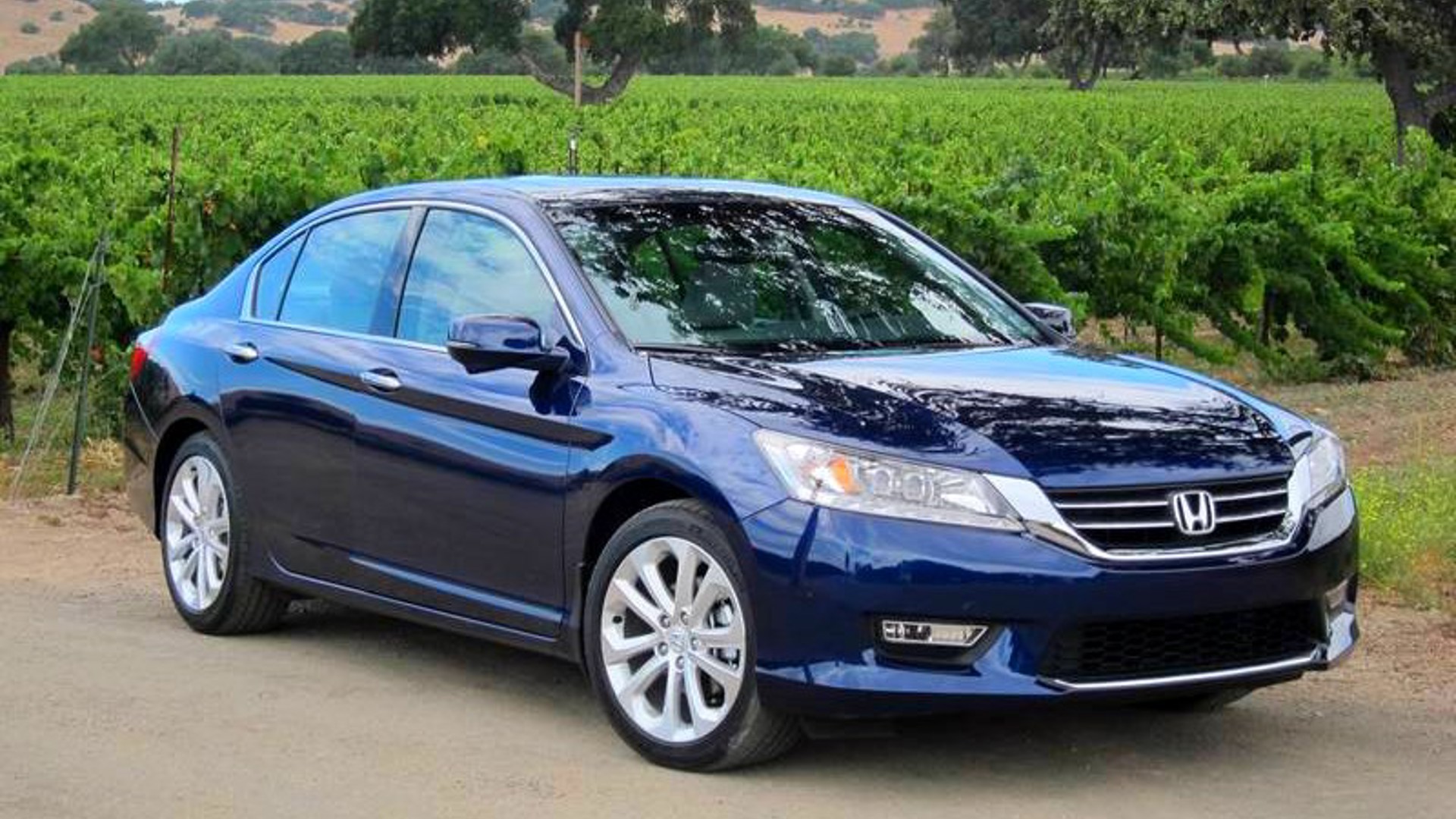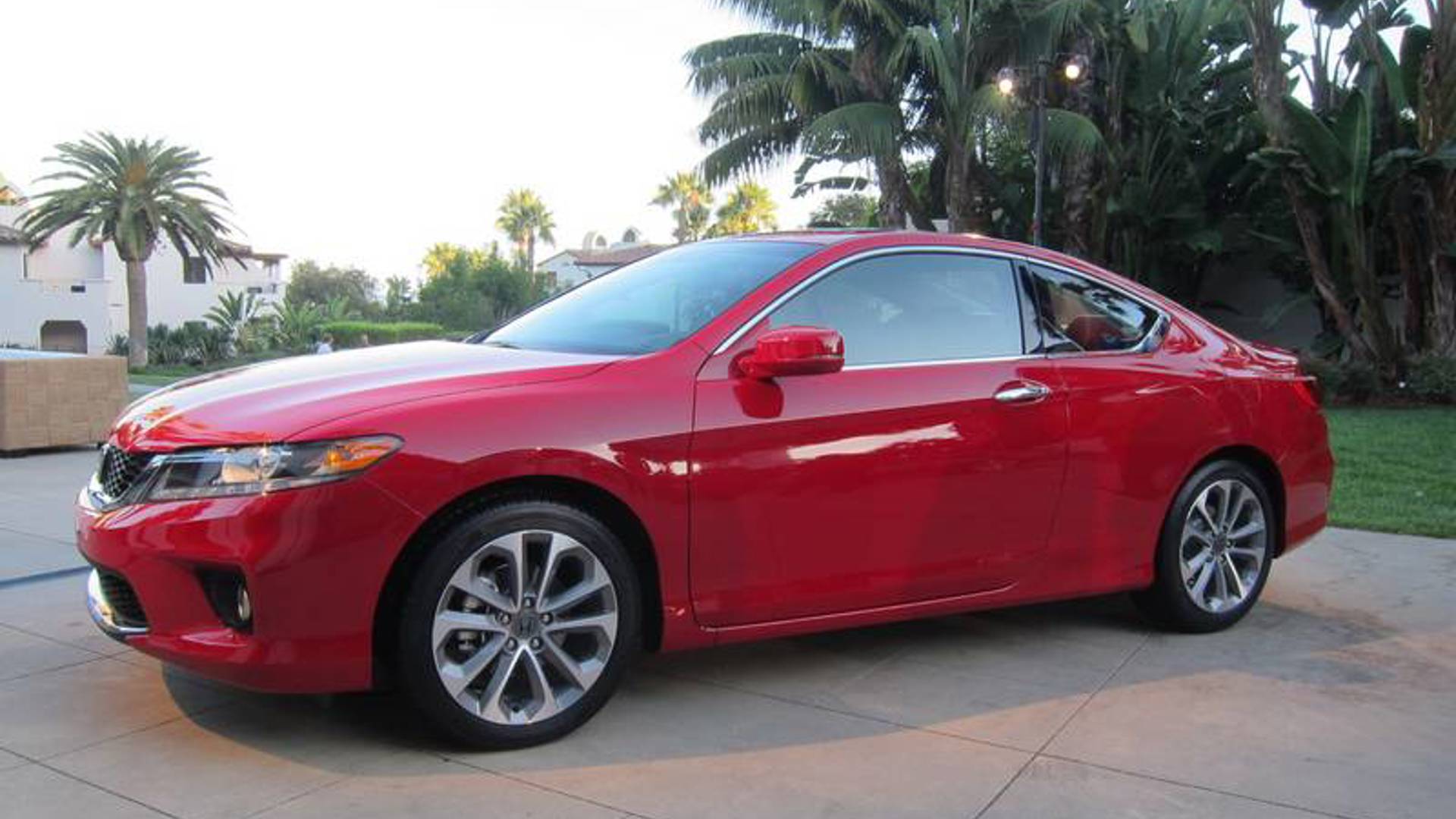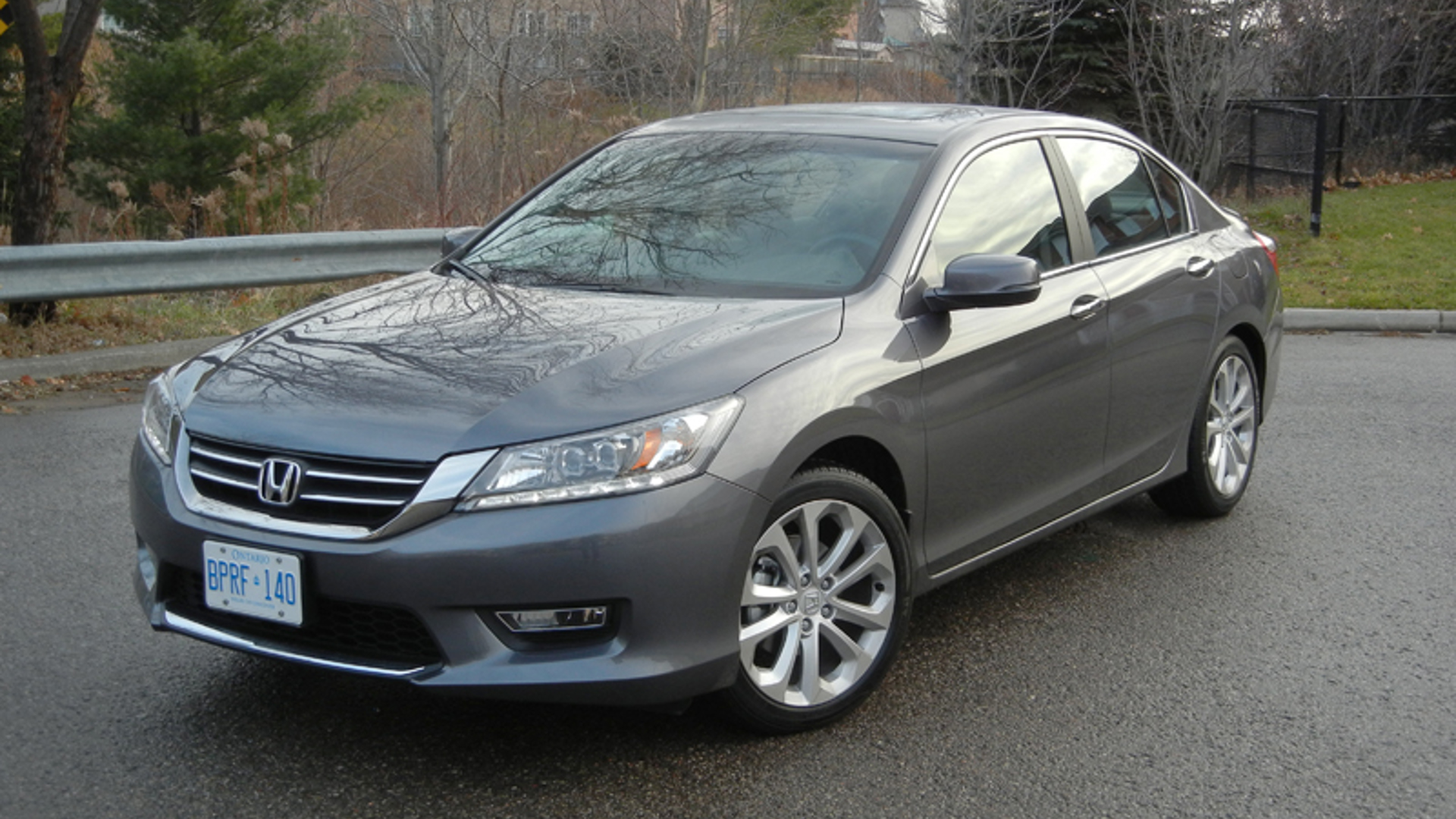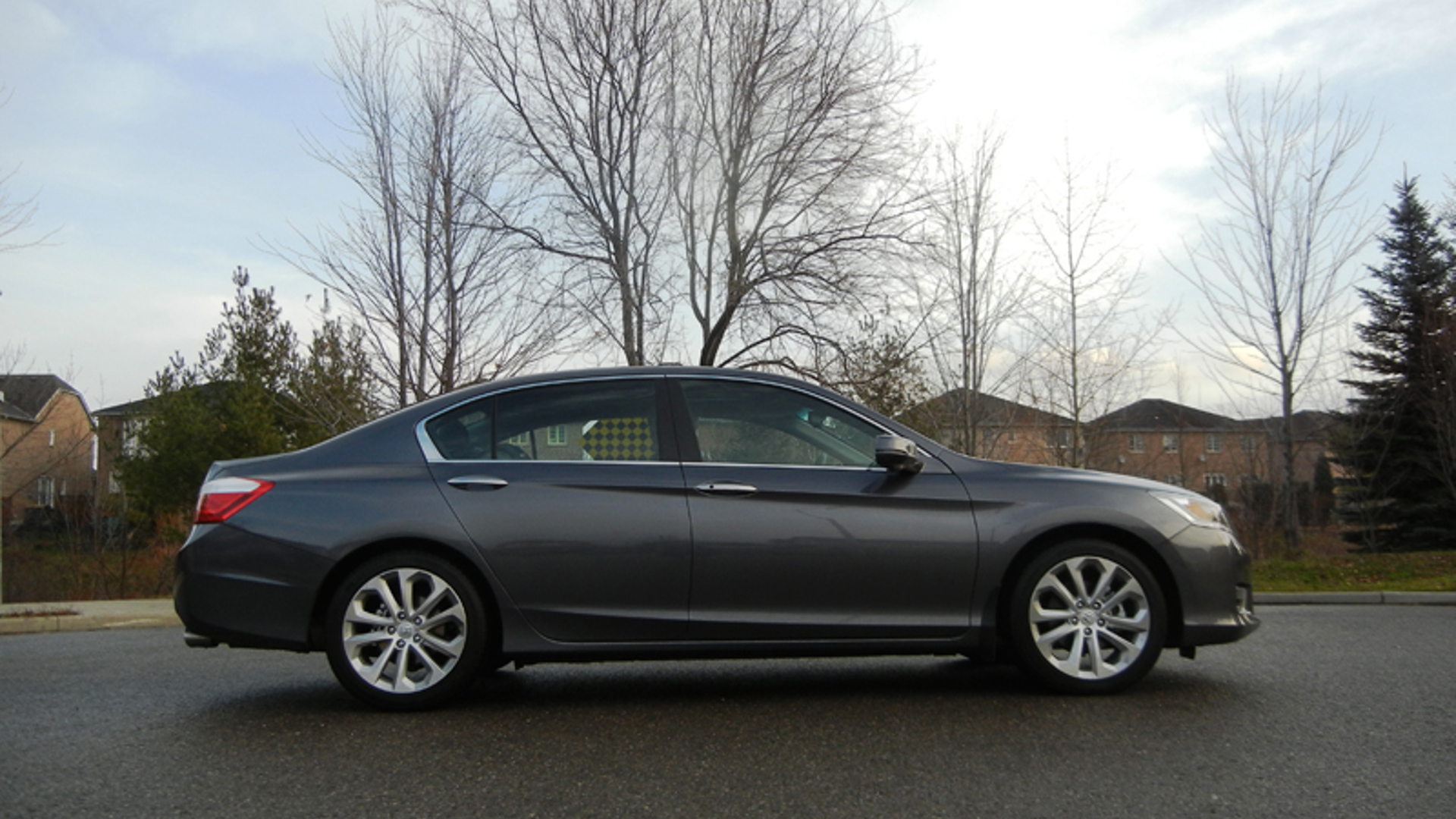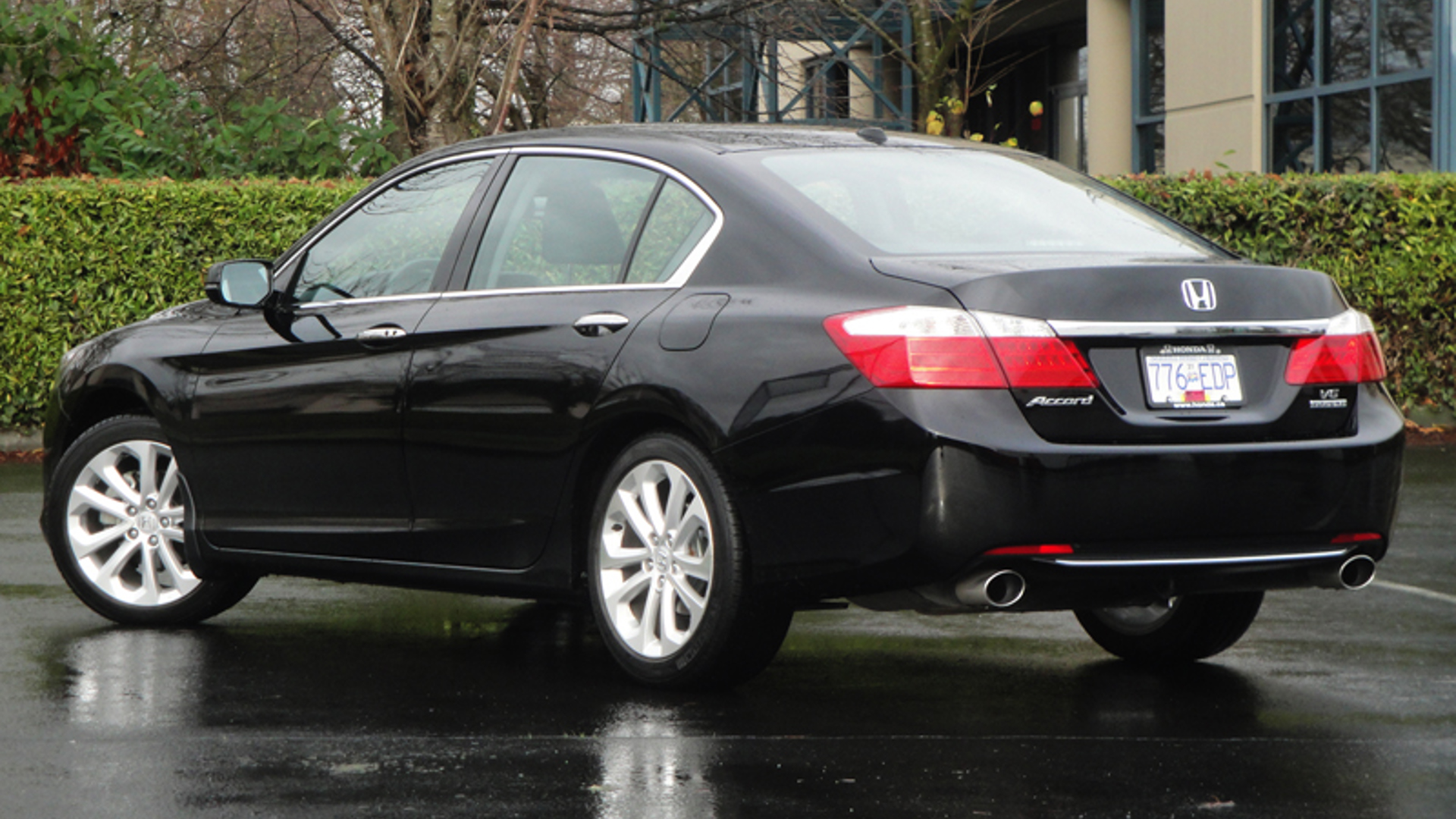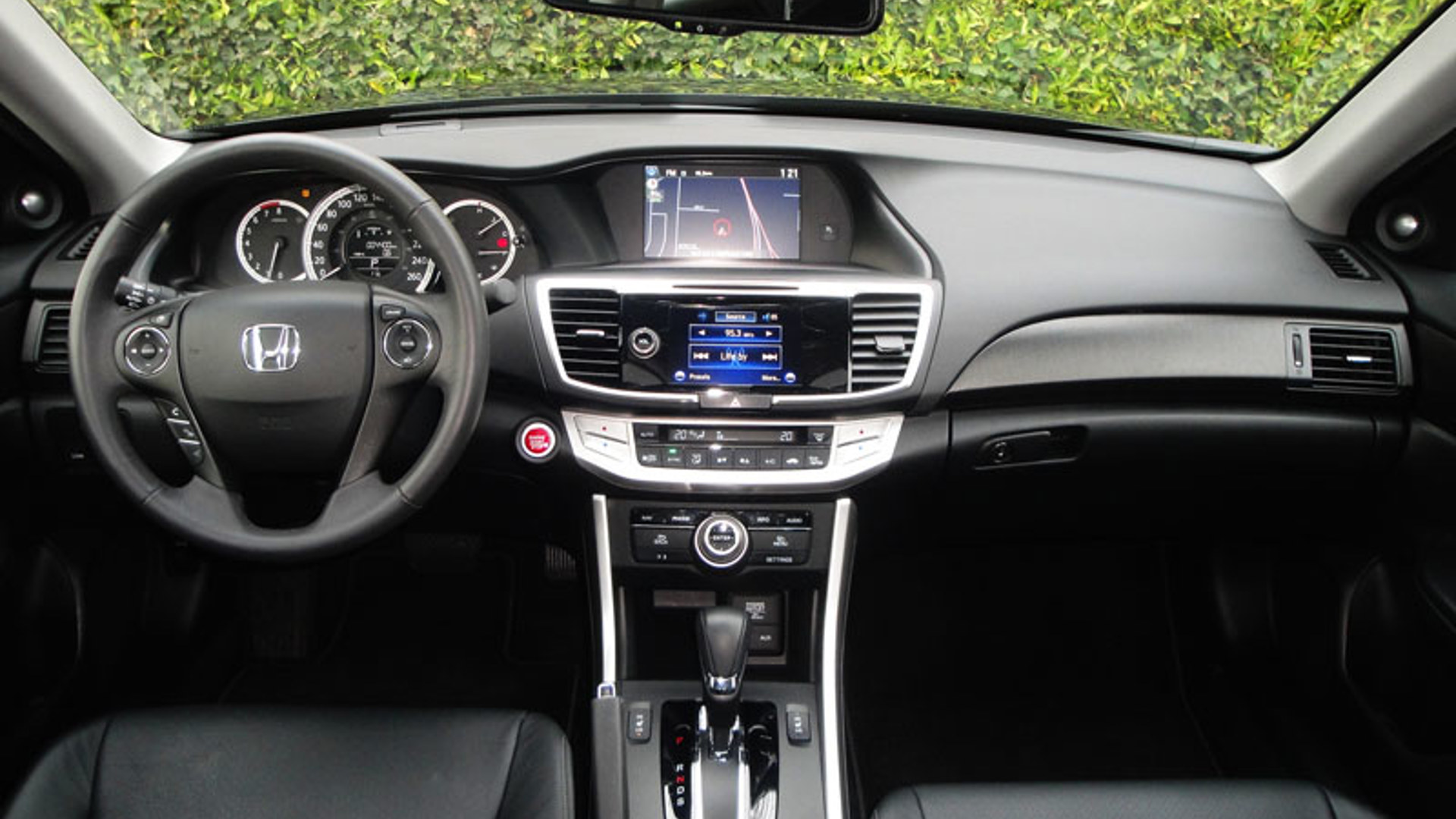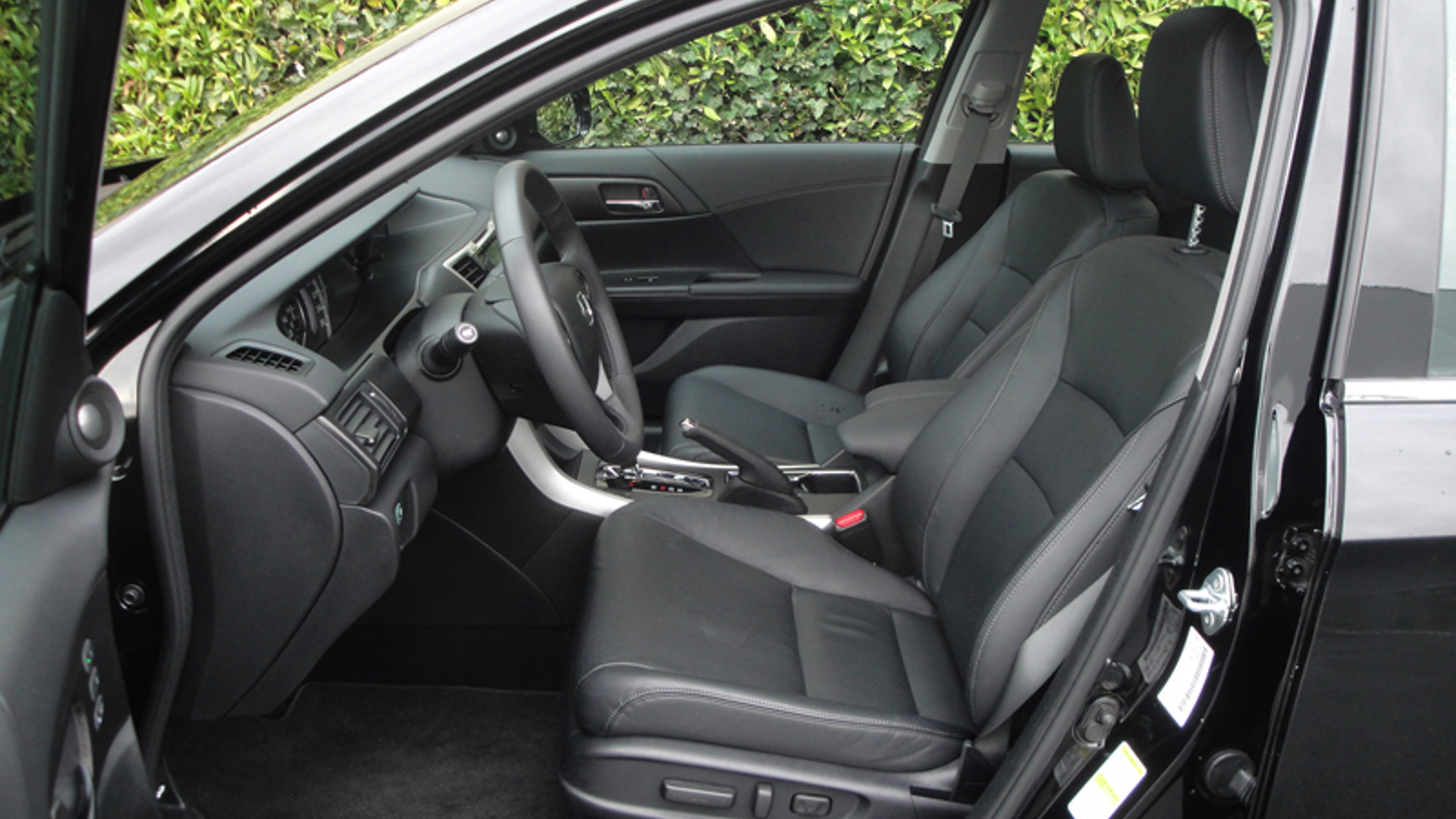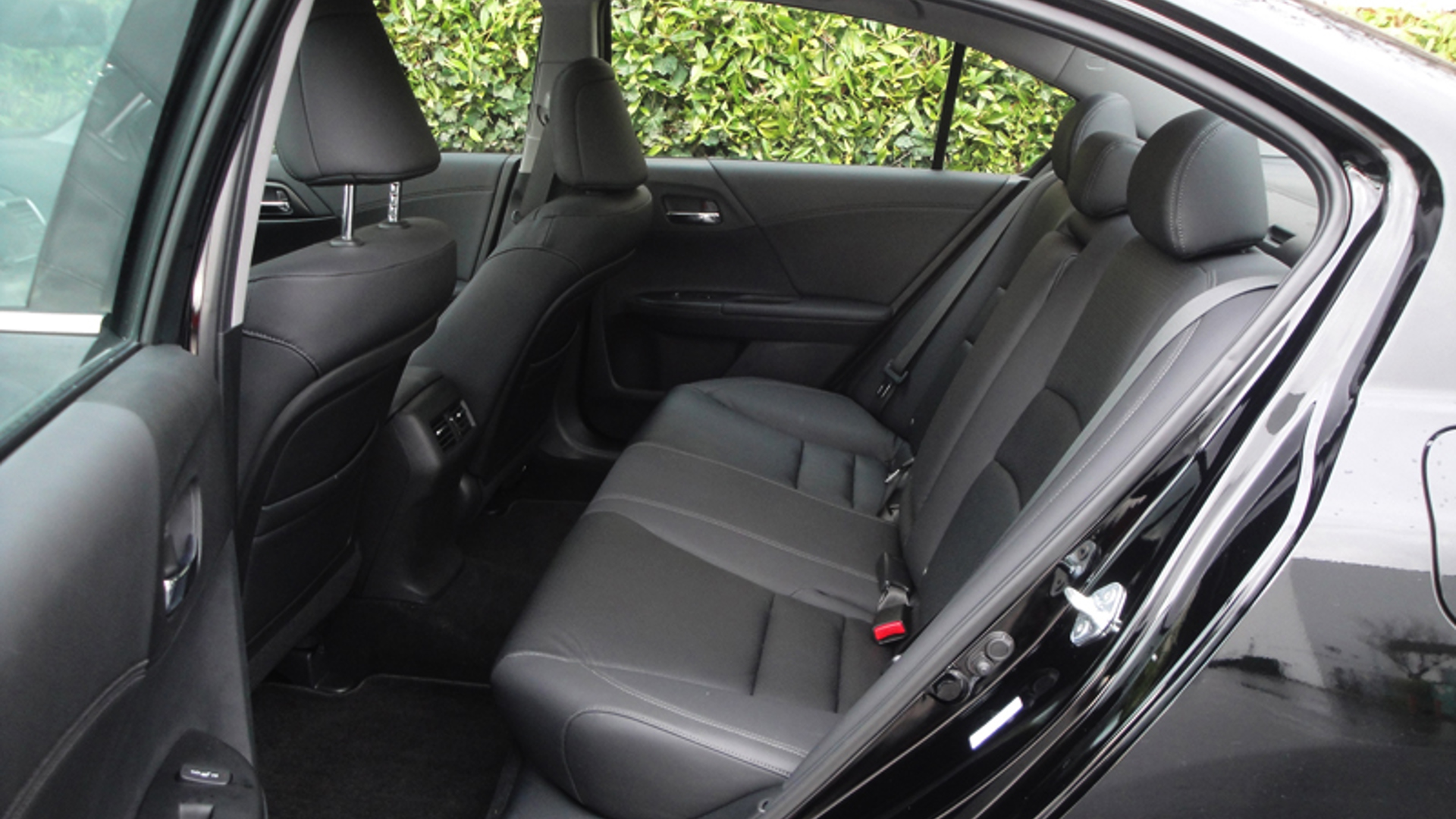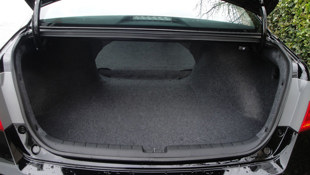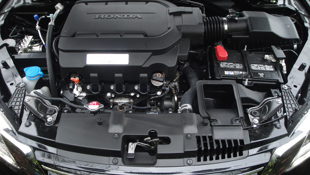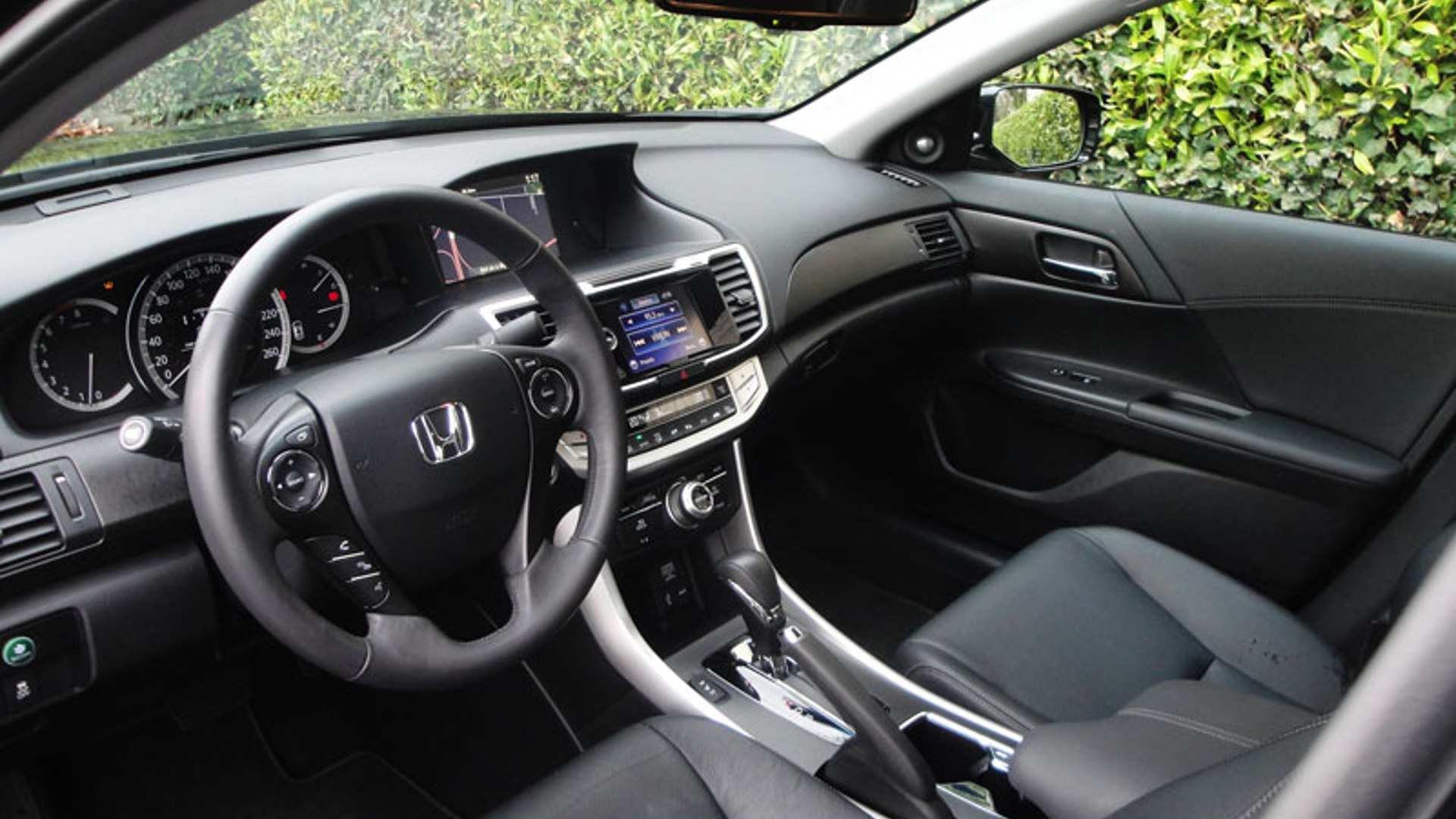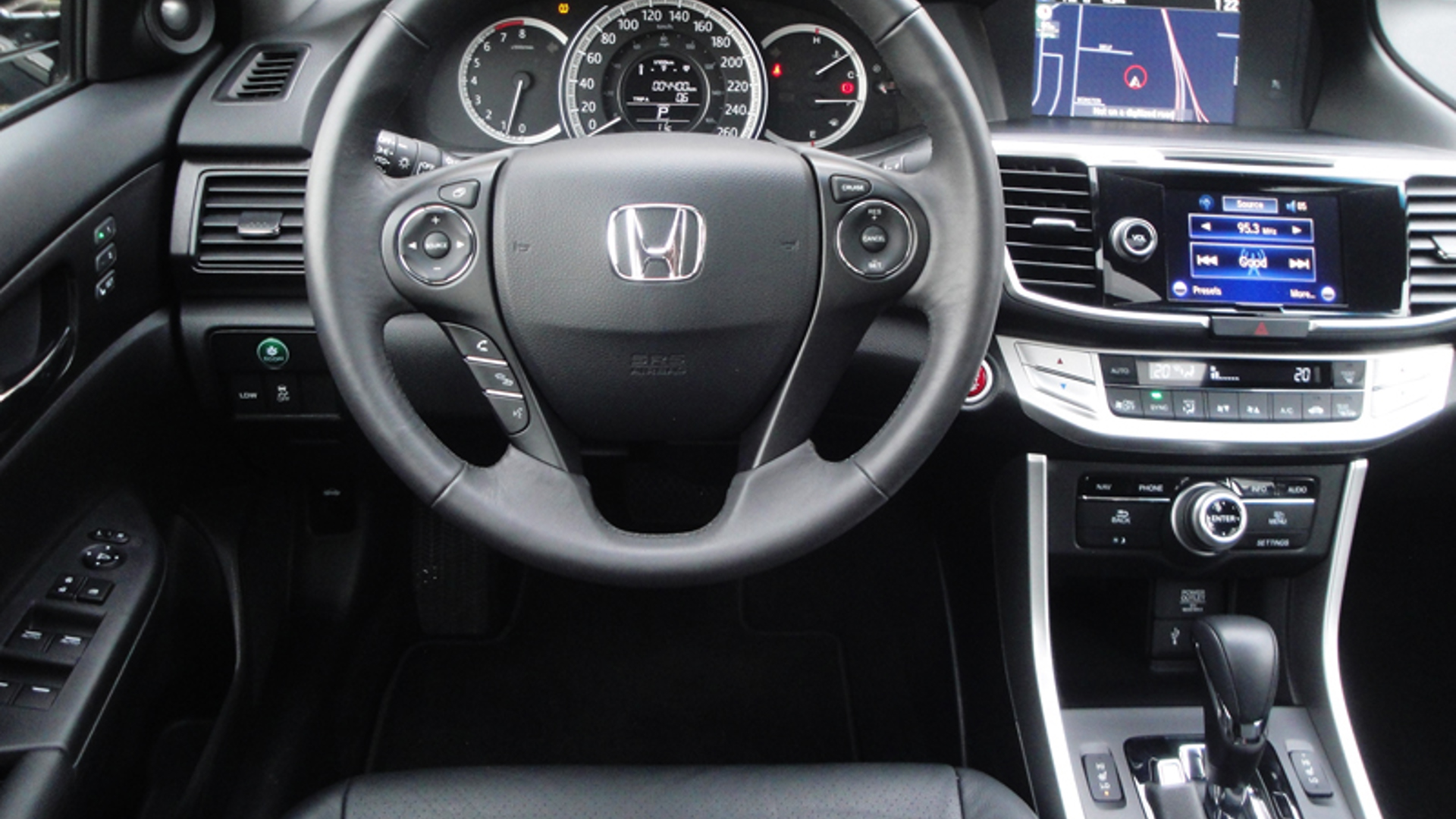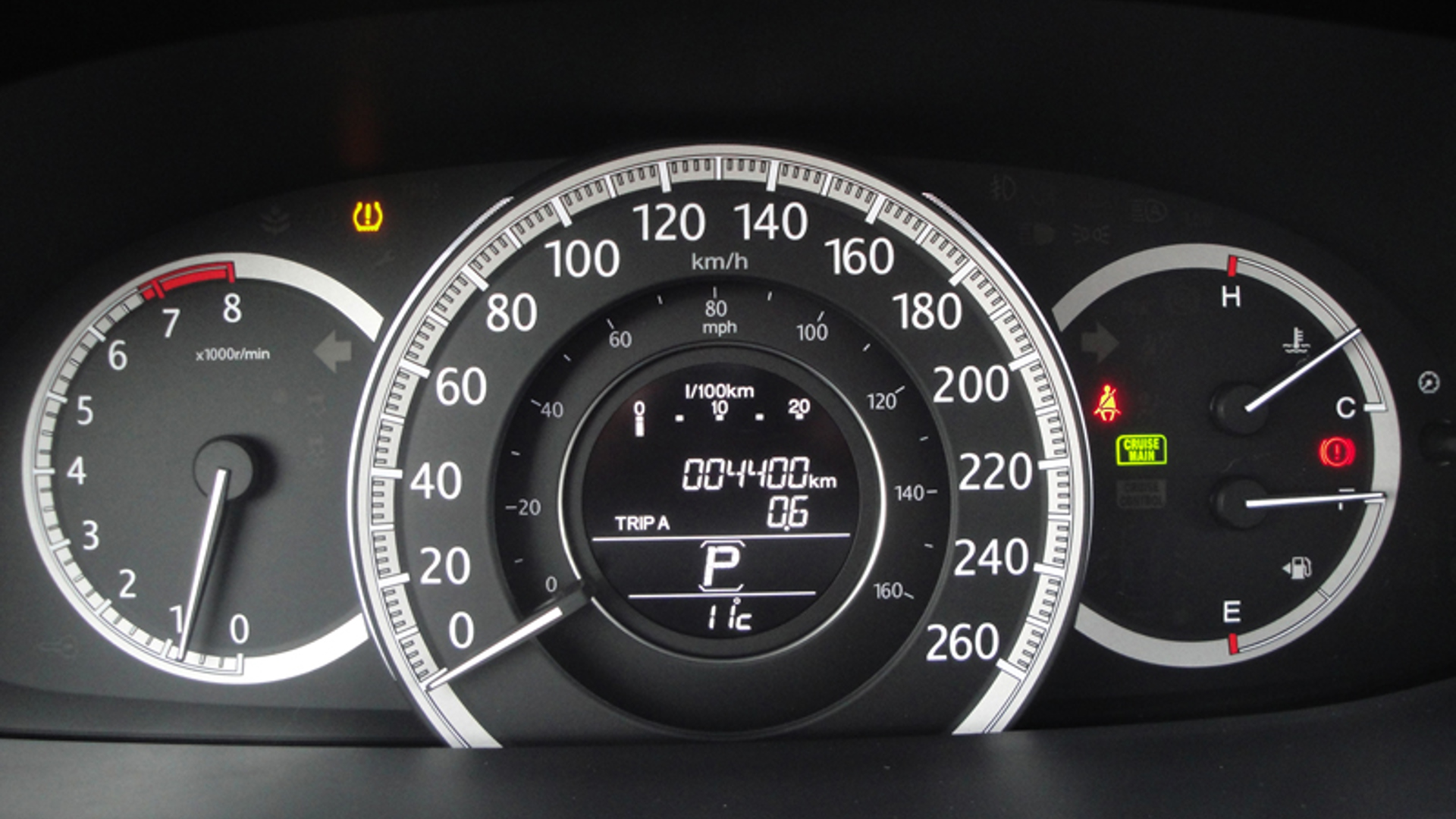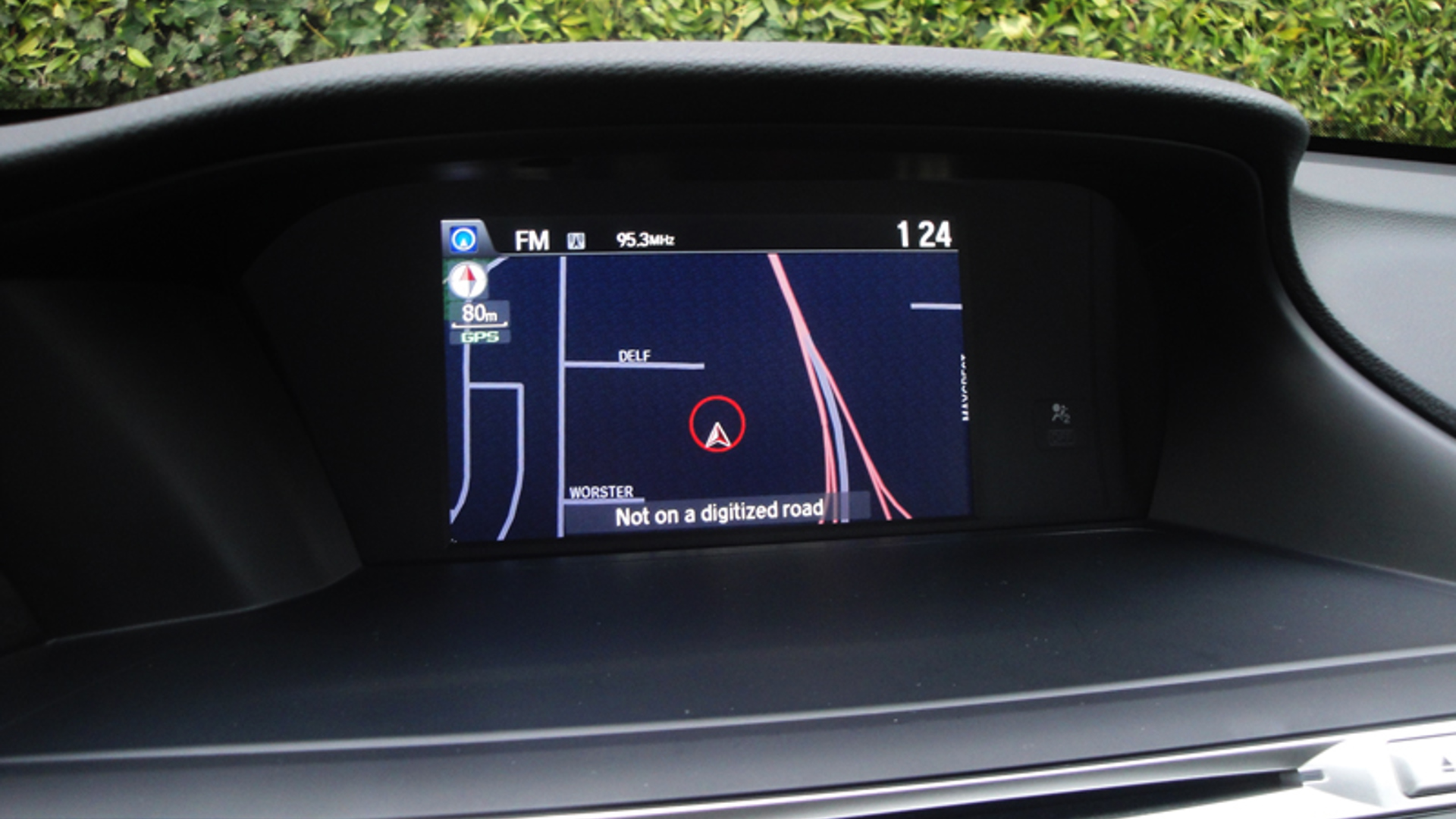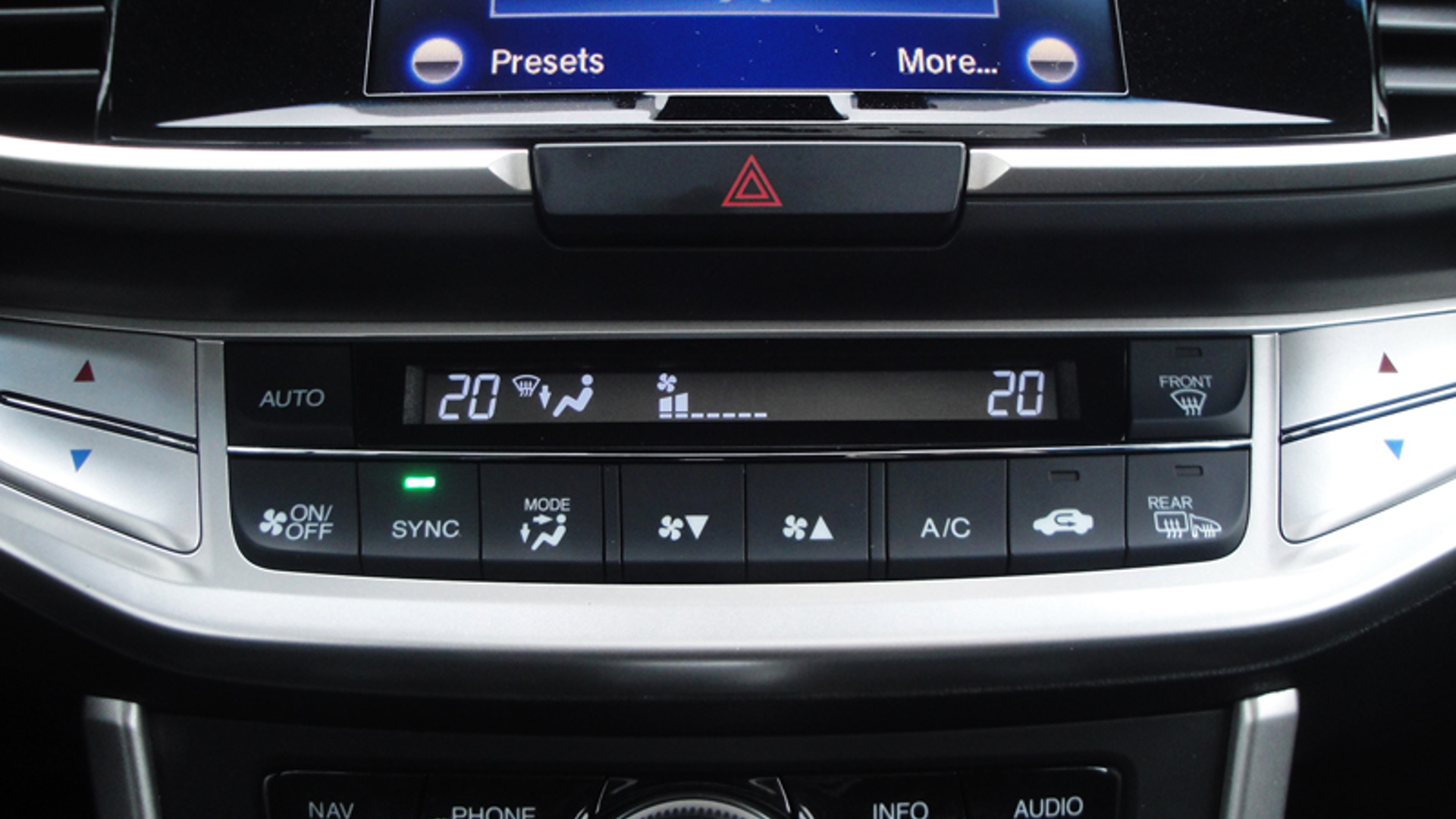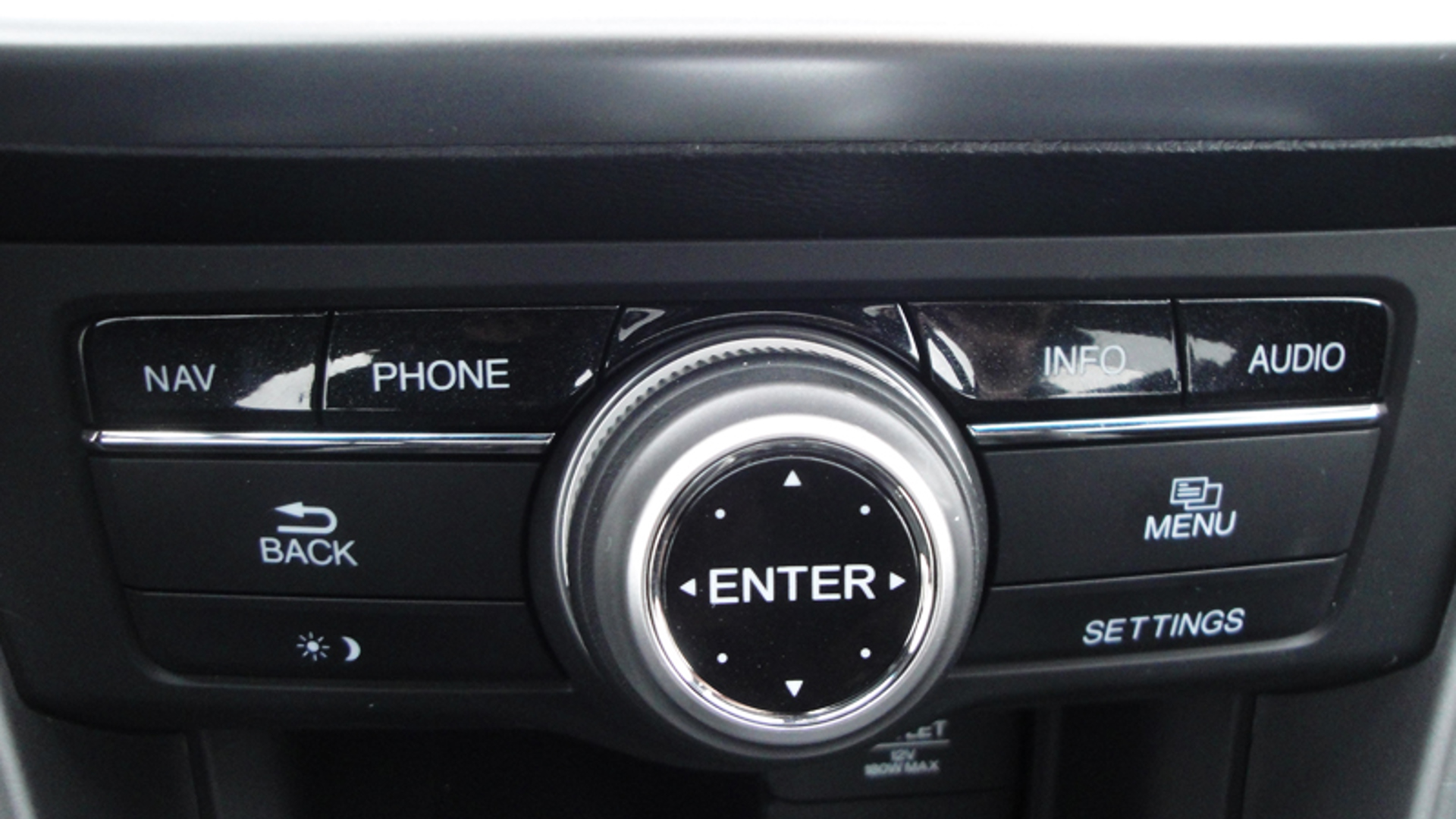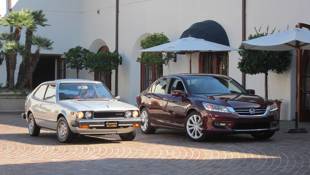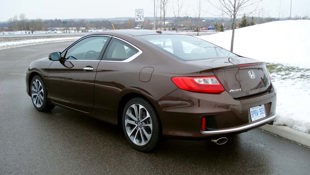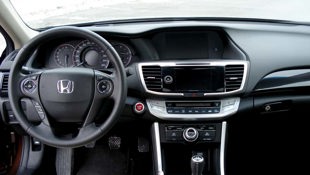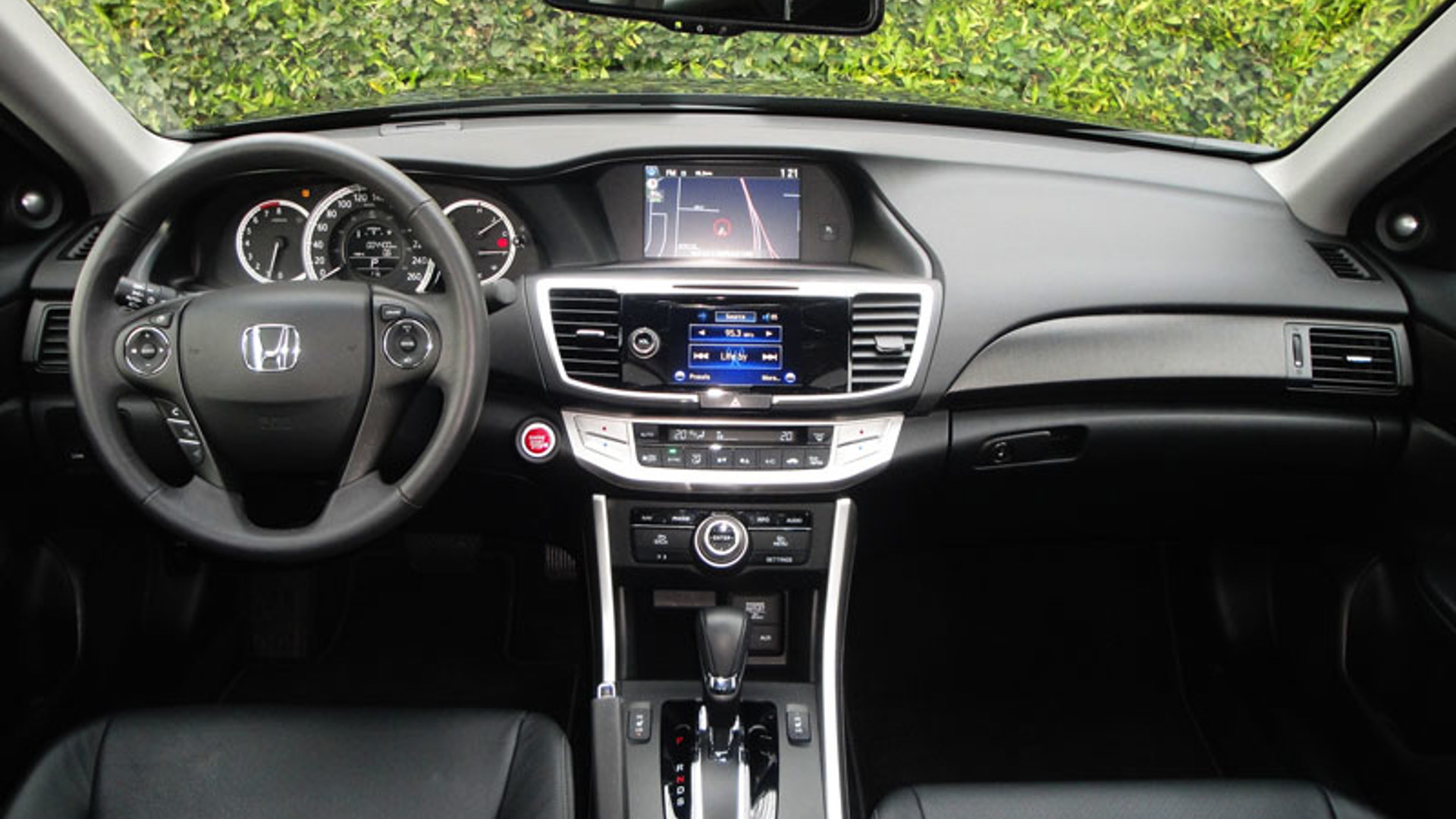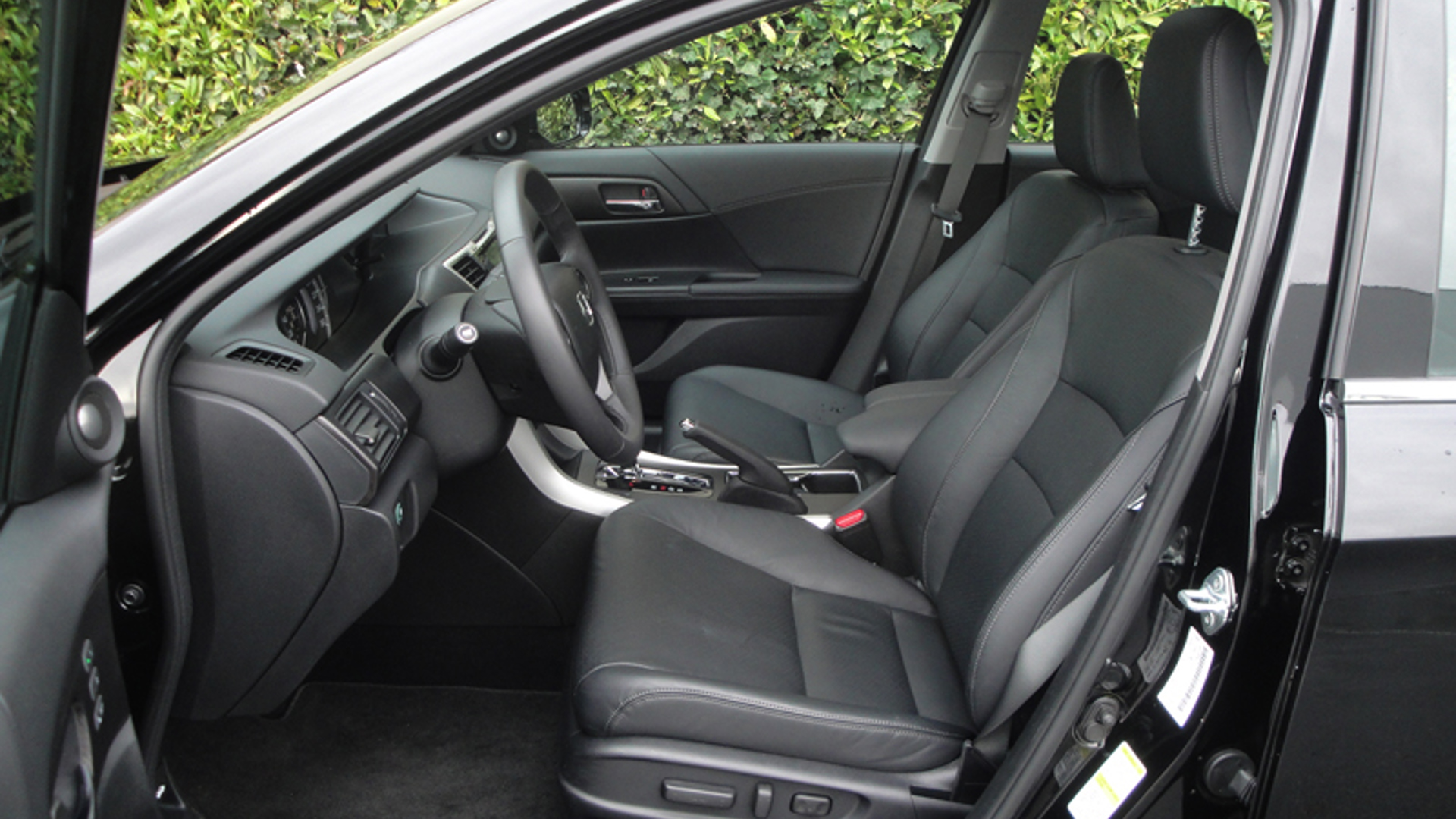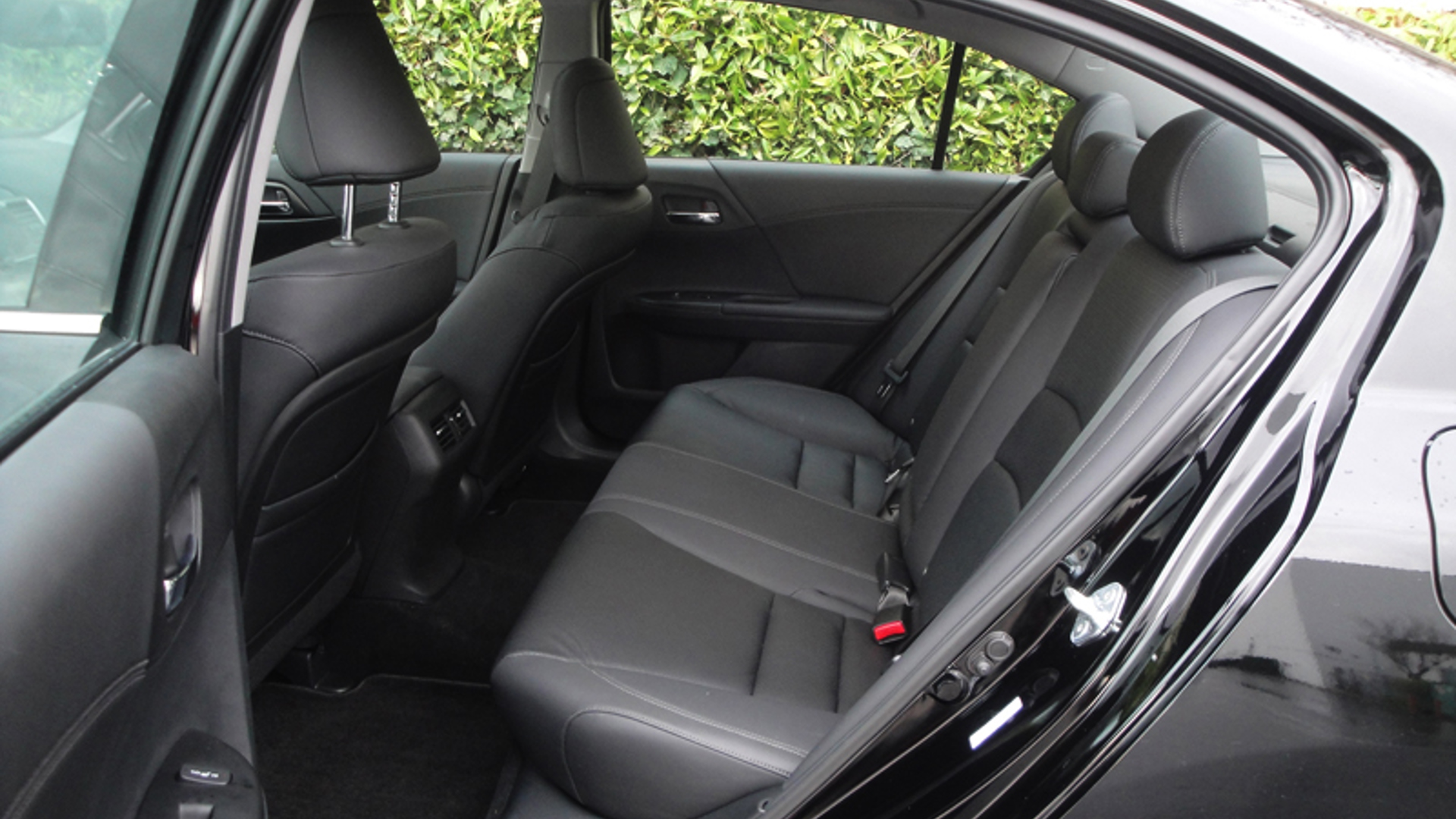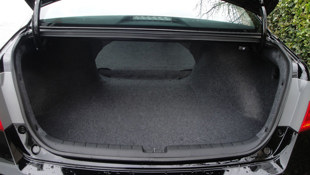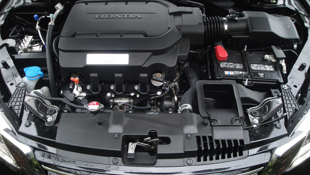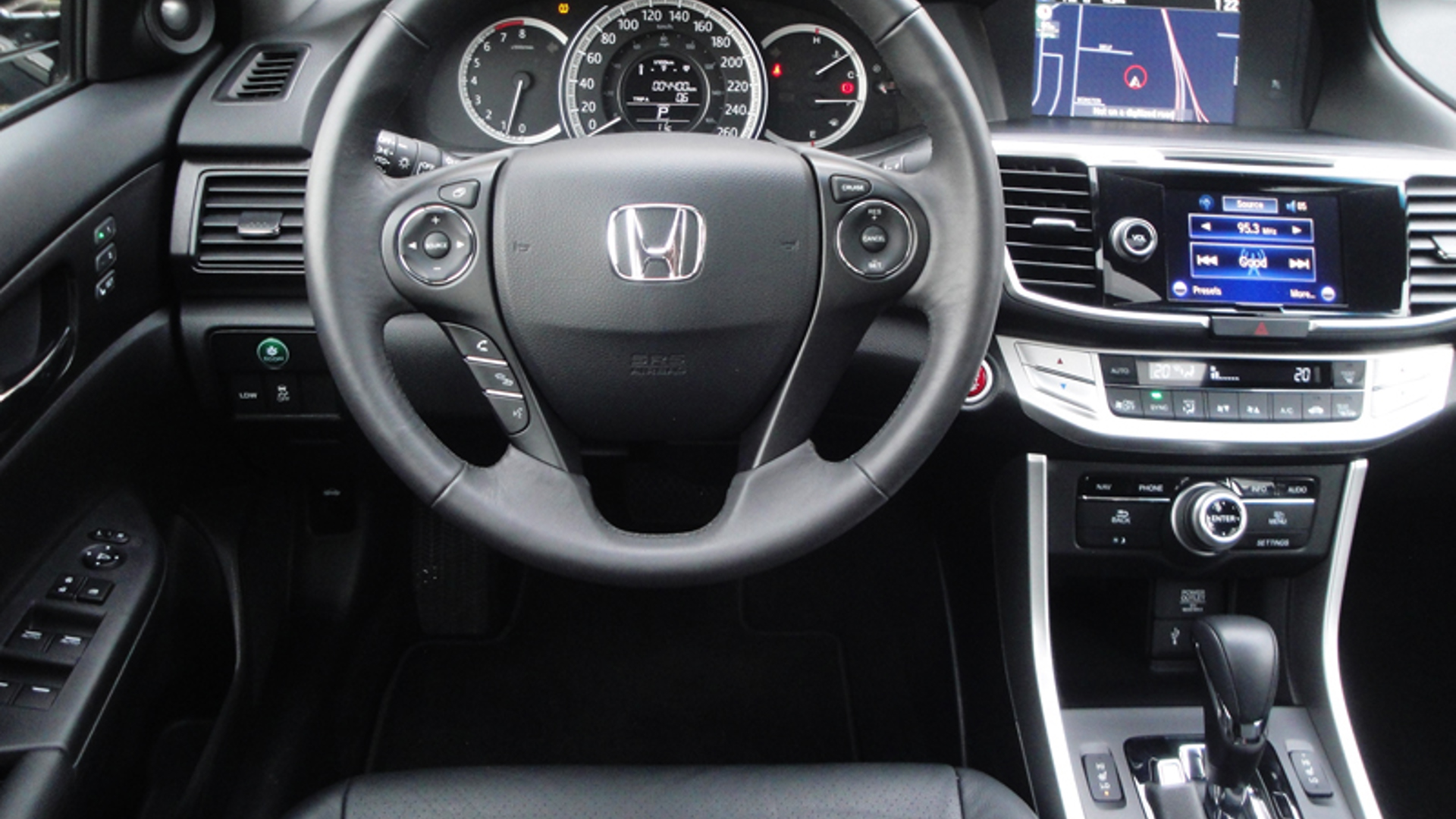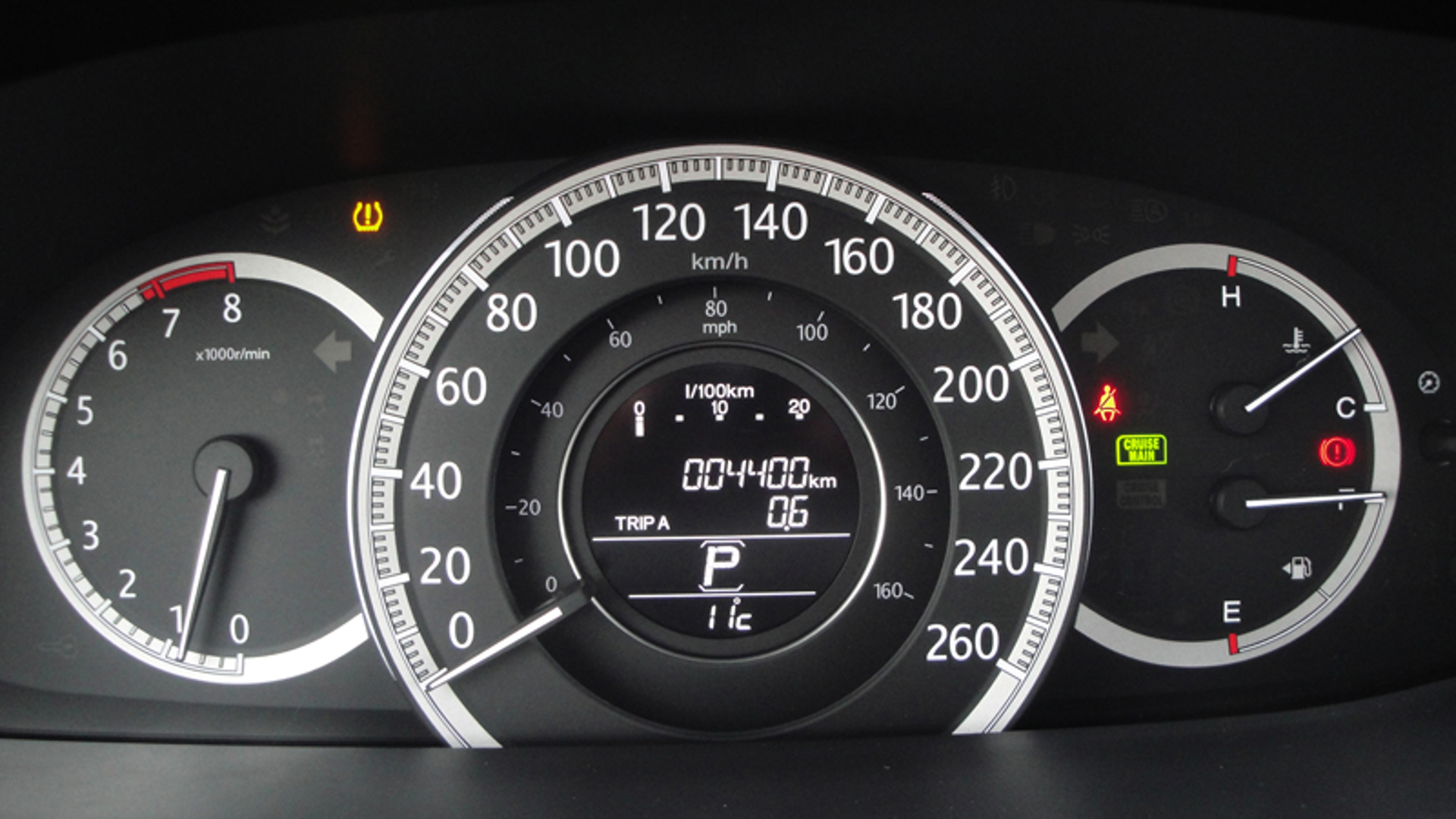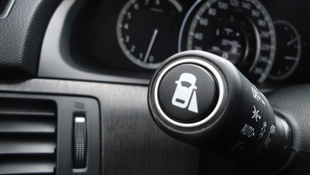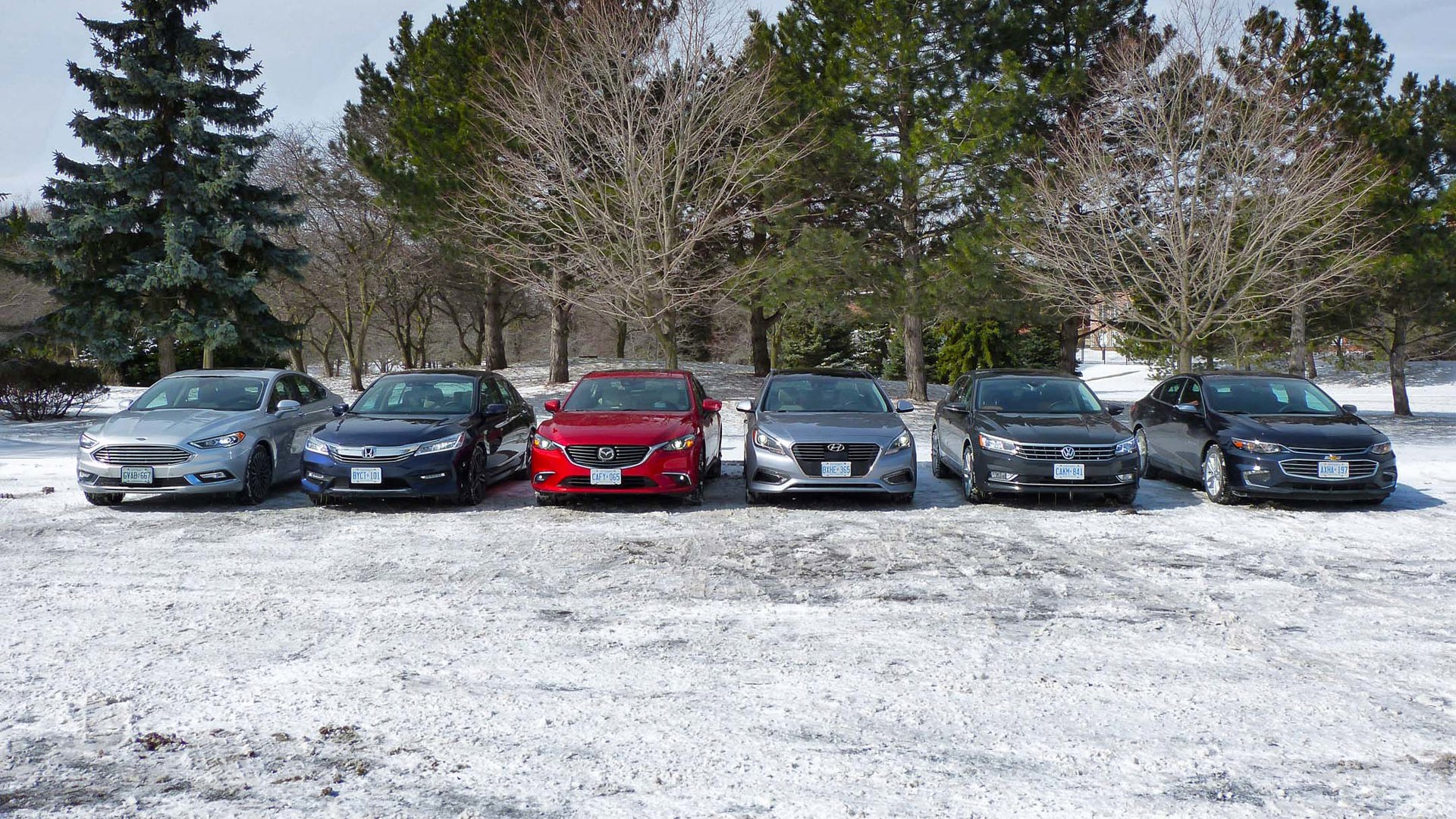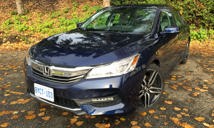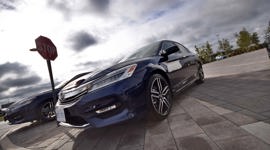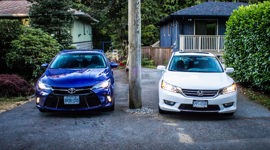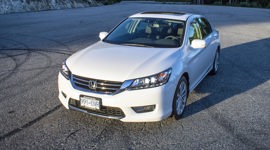Vehicle Type
Plenty of space for passengers and gear, strong fuel-efficiency figures, and an award-winning reputation for safety.
Sedan
History/Description
An all-new, tenth-generation Honda Accord is hitting dealer lots across the country, meaning the ninth-generation model, which launched in 2012 for model year 2013, has now moved fully into used car territory. Honda’s elemental family sedan is no stranger to awards, and in Canada, kicked off its sales life here by winning the prestigious Canadian Car of the Year award in 2013. This win represents the voting and impressions of a large panel of expert Canadian automotive writers and reviewers.
This generation of Accord featured Honda’s new EarthDreams powerplant lineup, revised styling, and the most safety equipment, fun-to-drive engineering, and high-tech feature content available in an Accord to date. In sedan form (a coupe was available), shoppers can expect plenty of space for passengers and gear, strong fuel-efficiency figures, and an award-winning reputation for safety.
Feature content included a standard back-up camera system, available navigation, Bluetooth, heated leather, a sunroof, automatic lights, automatic climate control, push-button start, wireless charging, premium audio systems, a touchscreen central display interface, and more. Note that from 2016, an update saw the Accord’s styling and feature content tweaked, more safety systems added, and the suspension revised for improved ride and handling characteristics.
Cross-shopping exercises should include the Toyota Camry, Chevrolet Malibu, Nissan Altima, and Ford Fusion. Note that this feature focuses on the Honda Accord Sedan, though much of the information presented also applies to the Accord Coupe.
Engines/Trim
Most used copies of the Honda Accord Sedan from this generation will come with a 2.4-litre VTEC four-cylinder engine, running direct injection, for 185 horsepower (Accord Sport four-cylinder models got 189 ponies from the same engine). A 3.5-litre V6 was also available on higher-end models, with nearly 280 horsepower.
In Accord Sedan models with the four-cylinder engine, transmission choices included a six-speed manual or continuously variable transmission (CVT). With the V6 engine, a six-speed automatic was the only transmission available. All units were front-wheel drive.
What Owners Like
Accord owners from this generation typically rave about a refined four-cylinder powertrain, plenty of at-hand storage in the cabin, easy-to-use features, a generous trunk, decent rear seat space, good fuel mileage and an overall pleasant-to-drive experience. Performance thrills and output from V6-powered models is highly rated, too.
What Owners Dislike
Some owners complain of a huge turning radius, boring interior styling, and some low-budget plastics on board. Others wish for more comfortable seats.
Here’s a look at some Honda Accord owner reviews.
The Test Drive
Honda’s got a well-earned reputation for building cars that turn in minimal worrisome issues for the long-haul, but a few checks are still advised ahead of your purchase.
Focus on the electronics, first. Confirm proper operation of all steering-wheel mounted controls, all hard-buttons near the central screen, and all functions within the central interface, including Bluetooth, navigation and audio playback from multiple sources. Some owners have reported annoying issues with the central command system, navigation, and Bluetooth, which may be caused by compatibility issues with certain smartphones. In extreme cases, a Bluetooth connection can even cause the system to crash entirely, requiring the vehicle to be turned off and restarted. If you detect issues like this, the likely fix is a software update or hard-reset of the central interface.
Further, check the heated seats and their power adjustments, confirm that the back-up camera works properly, and confirm that the engine fires up quickly when the ‘ENGINE START’ button is pressed, using each available keyfob.
Work with a Honda dealer to determine if the Accord you’re considering qualifies for a new ignition switch, which may be covered under a recall. As this recall may prevent you from being stranded with a Honda Accord that won’t start, be sure to confirm whether or not the unit you’re considering is affected, and plan to have any applicable recall work carried out sooner than later. A dealer service advisor can see which, if any, recall work is outstanding for the used Accord you’re considering if you provide the vehicle’s VIN number.
On the topic of keyfobs and engine starting, be sure to confirm that each works properly, for all functions – including lock and unlock via touching the vehicle’s door handle, if equipped with the Smart Entry system. If one or both keyfobs fails to communicate with the car, the likely culprit is a dead or dying battery, though some owners have reported the need to have the keys reprogrammed. Here’s some more reading on unresponsive keyfobs. Note that storing your keyfob in close proximity to the vehicle, perhaps hanging on a nearby hook in the garage, can drastically accelerate battery drain.
Shoppers are also advised to regularly check the vehicle’s battery for signs of corrosion buildup on the terminals, which can impede current flow and cause numerous electronic issues.
Apply moderate to hard braking from cruising speeds, where appropriate, and be on the lookout for signs of vibration throughout the vehicle’s body and front end. If any is detected, it’s likely that the brake rotors are warped, and will need to be replaced. Several owners have reported premature wear of factory brake components, so be on the lookout. Here’s some more reading. Note that brake wear is largely subject to the driving habits, locale and adherence to maintenance procedures of past owners.
When decelerating from speed in a four-cylinder model with the CVT transmission, listen for a whining or whistling noise from beneath the vehicle. Many owners have discussed this sound, which may also be apparent during acceleration. The general consensus is that the sound is normal, and a characteristic of this type of transmission. Still, if it’s detected, have a Honda technician investigate, to confirm that it’s not a different, more worrisome issue.
Another potential source of unwanted noise may be the front window or side-view mirror area. A defective, misshapen or loose weather seal may be to blame if a whistling or rush of air sound is apparent at speed from the driver seat. Along with this issue, some owners report feeling a draft, or a slight movement of outside air into the cabin. Here’s some more reading. Note that, in response to this issue, Honda issued a Technical Service Bulletin (TSB) (number TSB 15-087), which involves inspecting, adjusting or replacing the offending parts on certain models.
Other TSB’s are listed in this discussion in a popular Honda Accord owner’s forum, and deal with addressing noisy brakes, buzzing sounds from the engine when the vehicle is off, and software updates to help prevent fussiness from the navigation and Bluetooth interface.
Two other notes.
First, some owners have reported issues and displeasure with the CVT transmission. Though it’s difficult to discern between actual problems and a general misunderstanding of how this type of transmission works in the setting of an owner forum, shoppers are advised to ensure all transmission-related software updates have been applied, and to confirm that the transmission isn’t overdue for any prescribed maintenance or servicing – which should only be carried out at a Honda dealer using factory specified fluids. Improper drain-and-fill procedures, or using the improper fluid, can cause serious transmission problems.
Here’s some more reading. Note that Honda launched a TSB relating to issues with a juddering or shuddering sensation from the CVT in a range of 2013 models. Here’s some more information. Note that since this TSB specifies the replacement of some internal transmission components, some owners advise avoiding a 2013 Accord with this transmission. This means opting for a manual-equipped model, a model with the V6 engine, or a 2014 or newer unit.
Second, be aware of your Honda Accord’s oil level at all times. This is a good practice on any car, and especially a modern car like the Accord, which some owners say may consume oil between oil changes. All vehicles consume some engine oil, some more than others. In the context of this era of Honda Accord, some owners report excessive oil consumption, and some report none. Monitor your oil levels regularly (at least at each fuel fill) and bring any concerns to your dealer service department as soon as possible, confirming that they’re documented in case a warranty claim is required down the line.
The Verdict
The ninth-generation Accord’s most frequently reported issues all seem to be electronics related in nature, and should be relatively easy to spot and address before your purchase. A simple pre-purchase inspection by a Honda dealer should be all that’s required for maximum peace of mind.
Here’s a short list of recalls.
Crash Test Ratings
IIHS: Top Safety Pick + (2013)
NHTSA: 5/5 Stars
